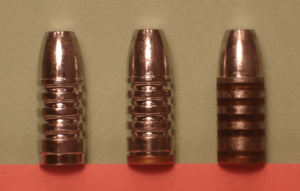Alfred George Greenhill facts for kids
Sir Alfred George Greenhill (born November 29, 1847, died February 10, 1927) was a brilliant British mathematician. He was known for his important work in mathematics and for developing a special formula used in ballistics.
George Greenhill went to Christ's Hospital School. After that, he studied at St John's College, Cambridge, starting in 1866. In 1876, he became a professor of mathematics. This was at the Royal Military Academy in Woolwich, London. He taught there until he retired in 1908. When he retired, he was given the title of Knight.
Greenhill was a top expert in using special math called elliptic functions. These functions help solve complex problems in areas like electromagnetism. He also gave important talks at big math conferences around the world. He spoke at events in Heidelberg (1904), Rome (1908), Strasbourg (1920), and Toronto (1924).
Greenhill Formula for Bullets
In 1879, Greenhill created a simple rule to figure out the best "twist" for a gun barrel. This twist is called rifling. It makes bullets spin as they fly. This spin helps bullets fly straight and steady. His rule, called the Greenhill formula, is still used today. It helps decide how fast a bullet needs to spin.
The formula looks like this:
Here's what the letters mean:
- C = 150 (use 180 if the bullet travels faster than 2,800 feet per second)
- D = the bullet's diameter (how wide it is) in inches
- L = the bullet's length (how long it is) in inches
- SG = the bullet's specific gravity. This tells you how dense the bullet is. For most lead bullets, it's 10.9. If it's 10.9, the second part of the formula cancels out.
For example, imagine a bullet traveling at 2,000 feet per second. If it's 0.5 inches wide and 1.5 inches long, the Greenhill formula would give a value of 25. This means the gun barrel should make the bullet spin one full turn every 25 inches.
More recently, another rule called the Miller twist rule has also been developed. It helps improve on Greenhill's original formula.
Textbooks
Sir Greenhill wrote several important textbooks during his career. These books covered different areas of mathematics and physics. Some of his well-known works include:
- Differential and integral calculus, with applications (1886)
- The applications of elliptic functions (1892)
- A treatise on hydrostatics (1894)
- The dynamics of mechanical flight (1912)
- Report on gyroscopic theory (1914)



